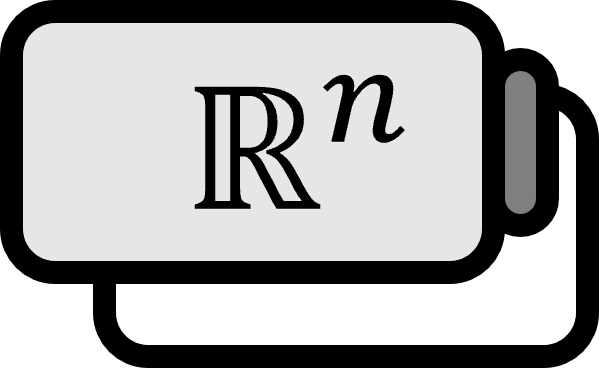A Constant-Magnitude Vector-Valued Function is Orthogonal to Its Derivative
Theorem1
For a vector function $\mathbf{r} : \mathbb{R} \to \mathbb{R}^{n}$, if $|\mathbf{r}(t)| = c$ then the following holds. ($c$ is a constant)
$$ \mathbf{r}(t) \perp \mathbf{r}^{\prime}(t) \quad \forall t $$
Explanation
An example can be given for uniform circular motion with a constant radius. In this case, the velocity vector and the acceleration vector are always perpendicular to each other.
Proof
By the property of the dot product,
$$ \mathbf{r} \cdot \mathbf{r} = | \mathbf{r} |^{2} = c^{2} $$
Differentiating both sides by $t$ yields the following:
$$ 2 \mathbf{r} \cdot \mathbf{r}^{\prime} = 0 \implies \mathbf{r} \cdot \mathbf{r}^{\prime} = 0 $$
Thus, the two vectors are orthogonal.
■
James Stewart, Daniel Clegg, and Saleem Watson, Calculus (early transcendentals, 9E), p901 ↩︎
